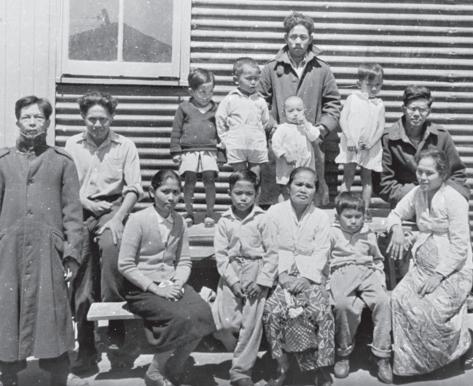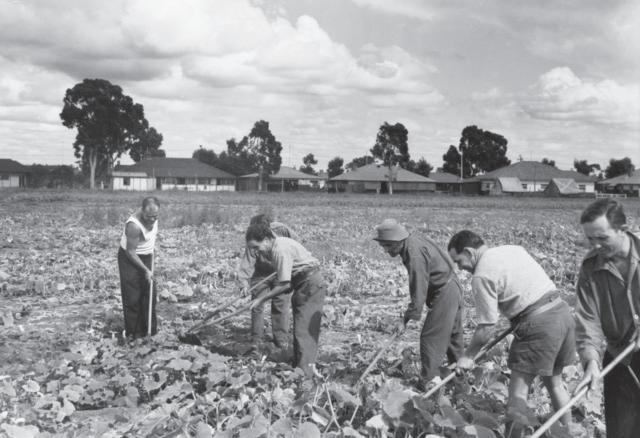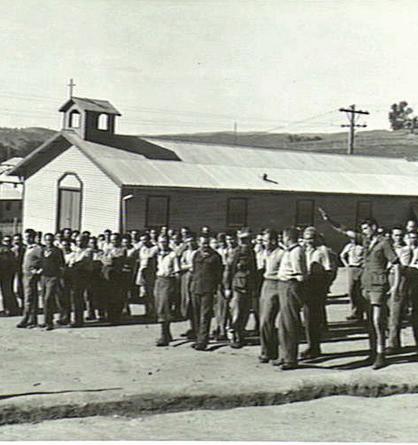
3 minute read
Eumundi Voice Issue 121, 10 July 2025
History
Australia interns enemy aliens
When we hear the term Prisoner of War (POW) we immediately think of the thousands of Australians captured and interned during conflict overseas. However, there is also an interesting history of POWs and internees here in Australia during the two World Wars.

During WWI and WWII nationals of countries at war with Australia living in Australia were classed as enemy aliens. These people included those who were naturalised British subjects but were born in enemy countries, Australian-born descendants of migrants born in enemy countries, and others who were thought to pose a threat to Australia's security.
During WWI, Australia interned almost 7,000 people, 4,500 of whom were declared as enemy aliens and British nationals of German ancestry already resident in Australia.
In 1939 thousands of Australian residents suddenly found themselves identified as potential threats to Australia's national security. The outbreak of WWII triggered a mass fear of invasion by Germany and later Japan. This led to panic that tens of thousands of Australian residents might become saboteurs or spies. Government regulations required enemy aliens to register and limit their travel between work and home and within a specified distance from the local post office. They had to obtain permission from the authorities to travel further or change residence.
Australian government officials then decided to intern those who had connections to countries who were at war with Australia.
This included people of Japanese, German and Italian ancestry. Internment camps were set up to identify and intern people who were believed to threaten the safety of Australia, and calm public concerns. The camps were also set up to accept people sent to Australia to be interned after being detained by Australian allies overseas. Midway through the war, more than 12,000 people – mostly men, but some women and children – were interned in 18 camps around Australia, and by the end of the war, internees numbered people from some 30 different countries.

Civilian internees were usually separated from their families and tried to find ways to keep themselves occupied. They set up their own study classes, theatre groups and market gardens, and were issued a special internment currency so they could purchase goods within the campgrounds. Many volunteered to work on Australian farms to help with the manpower shortage and some, later in the war, even joined the Australian army.

The Sunshine Coast has a strong connection with WWII, providing training areas for troops. Places like Bribie and Fraser Islands were used for commando training, as well as the Blackall Ranges and areas around Landsborough. While there were no internment camps set up on the Sunshine Coast area, a number of internees were sent to this area to work on local farms. For example, Italian internees worked on pineapple farms around the Nambour area. Internees were also used to work on infrastructure projects like roads and bridges.
The relationship between the large numbers of internees and local Australians, and the way they were treated, has had a lasting effect on Australian’s transition towards the vibrant, multicultural society we have today.










